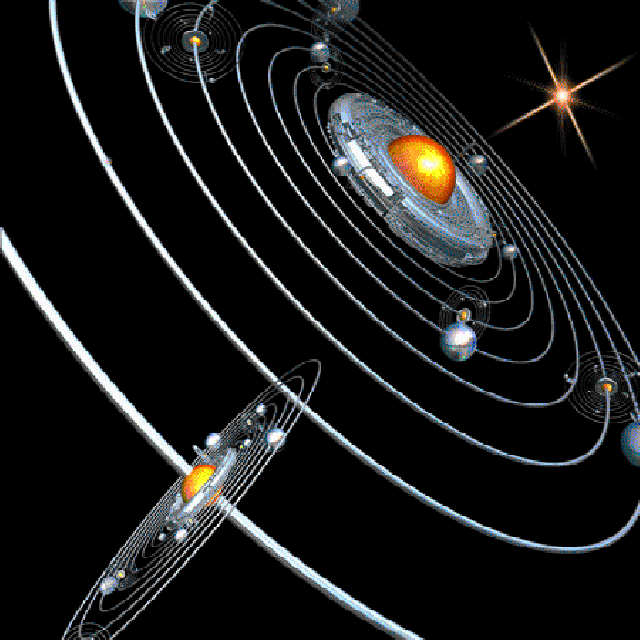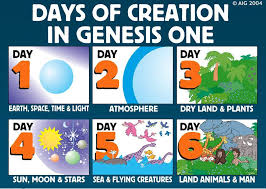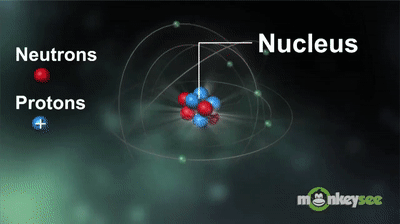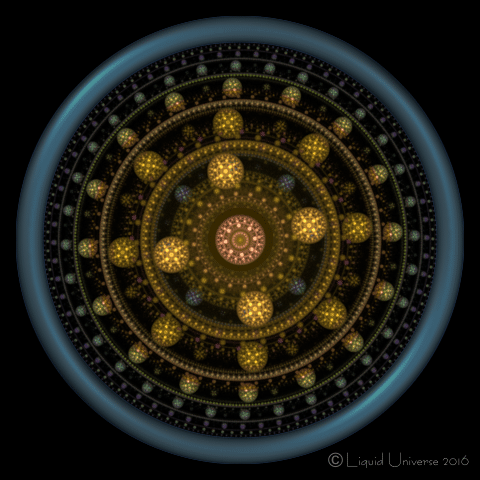


 A stimulating post I received this week was the following:
A stimulating post I received this week was the following:
(It's from Bnonn & Michael, It's Good To Be A Man, c/ East River Church, 299 Haskell Ln, Batavia 45103)
The defining characteristic of many weak men is that they are “orbiters.”
They are desperate for direction and validation—frequently due to poor father relationships.
In their search for direction and validation, they tend to get stuck in the orbit around two types of people:
In their minds…
Hence, they are on a desperate quest to get both. And they think that if they show devotion to these types of people, it will result in reciprocal feelings.
Not so. This is why so many white knights end as bitter men. They told women that they are “brave, stunning, and beautiful.” They helped them defeat the dragons, and rescued them from castles, and defended them from villains (all generally imaginary). (See our article on the psychology of white knights for more.) Similarly, they showed undying loyalty to their alpha-guru-type male leader, and defended him against nasty detractors who said he was a callous manipulator.
Now, they’ll get the approval they desire, right? Not at all. Because the relationship isn’t reciprocal. Women don’t respect weak men—and neither do alpha-gurus. At best, both will use them. Especially the latter. Many orbiters turn into bitter men when they crash into the hard ground of this reality. Better to pursue your own gravitas through devotion to God.
What is gravitas and how do you “get it?” Gravitas was a Roman virtue, referring to a man’s seriousness, his dignity, his weight. It is a useful term because Scripture also speaks of glory in a similar way.
![]()
When God created everything, He was deliberate in leaving us with clues about how things really are. For example, on Day Four of creation week, Genesis 1:14-19:
14 And God said, "Let there be lights in the firmament of the heavens to separate the day from the night; and let them be for signs ['owt]and for seasons [mow`ed ] and for days [yom] and years [shaneh],
15 and let them be lights in the firmament of the heavens to give light upon the earth." *And it was so.*
16 And God made [`asah] the two great lights, the greater light to rule [mashal] the day, and the lesser light to rule the night; he made the stars also.
17 And God set [nathan = to set or appoint] them in the firmament of the heavens to give light upon the earth,
18 to rule over the day and over the night, and to separate the light from the darkness. And God saw that it was good.
19 And there was evening and there was morning, a fourth day.
 The Fourth Day corresponds to Day One. Light (or) was created on the first day. Now on Day Four we have the creation of the "light-holders" (ma'or). God has previously established a fundamental boundary layer between Night and Day. Now this boundary layer is sculpted and assigned to the sun, moon, stars, and planets. Thus the length of the Day in earth's history was established as the time it takes for one rotation of the earth on its axis.
The Fourth Day corresponds to Day One. Light (or) was created on the first day. Now on Day Four we have the creation of the "light-holders" (ma'or). God has previously established a fundamental boundary layer between Night and Day. Now this boundary layer is sculpted and assigned to the sun, moon, stars, and planets. Thus the length of the Day in earth's history was established as the time it takes for one rotation of the earth on its axis.
Furthermore, the stars and their order (establishing the constellations), the movement of the earth around the sun, and the earth's relationship with other planets, meteors, comets and asteroids were all assigned the task of measuring those events which would be of significance to earth's inhabitants. The "clock" used in counting time in the Bible---the motion of sun, moon, earth and starts, relies on Newton's Law of Gravity and is commonly called "dynamical time." See my reference links if all this is Greek to you!
The universe was not switched on until Day Six of that week--the Laws of Physics could only work when all the gears, wheels--and angels--were in place and working in harmony.
The Sun is therefore a type of Christ, the Greater Light to rule the Day, while the Moon, type of the church, rules the night, feebly reflecting the light of the Sun, with no light of her own. Furthermore our moon is only about one-quarter as large as the earth, hugging our small planet closely in a 28 day orbit. See how vast the universe is! We find ourselves on one small planet somewhere in space, and trapped in time. Astronomy only gives us a few meager clues to the visible universe. There are probably at least ten higher dimensions we don't know about yet. (See The Limits of Science).

 The Planets revolve around the sun more or less in aligned orbits as depicted by the GIF image at top of this article. Our Sun, though massive as she is, is only an average star. Her radiated energy, when it reaches earth, is about one kilowatt per square meter at the top of our atmosphere. The power output or luminosity of the Sun is 3.8 x 1026 watts, the total amount of energy released from the Sun every second. The Sun's energy is radiated outwards in all directions, consequently the Earth receives only a small fraction of this energy. The interior of the sun is relatively cool, as seen in sunspots. Yet measured temperatures in the corona are over a million degrees K.
The Planets revolve around the sun more or less in aligned orbits as depicted by the GIF image at top of this article. Our Sun, though massive as she is, is only an average star. Her radiated energy, when it reaches earth, is about one kilowatt per square meter at the top of our atmosphere. The power output or luminosity of the Sun is 3.8 x 1026 watts, the total amount of energy released from the Sun every second. The Sun's energy is radiated outwards in all directions, consequently the Earth receives only a small fraction of this energy. The interior of the sun is relatively cool, as seen in sunspots. Yet measured temperatures in the corona are over a million degrees K.
Earth's orbit around the sun--365.25 days long, is the basis for how our clocks "keep" orbital or dynamic time.
The sun's diameter is about 100 earth-diameters across. Her energy comes not from the core but from atomic processes in the corona. (See: The Electric Universe)

 Way more recent than astronomy is atomic theory, with orbiting electrons circling around a nucleus held together by forces other than gravity. I've included here a second (animated) GIF image as an introduction to a different aspect of physics: The Microcosm and the Macrocosm to use Chuck Missler's terms.
Way more recent than astronomy is atomic theory, with orbiting electrons circling around a nucleus held together by forces other than gravity. I've included here a second (animated) GIF image as an introduction to a different aspect of physics: The Microcosm and the Macrocosm to use Chuck Missler's terms.
To secular astronomers there appears to be no center of the universe, no throne room of God. But to the eyes of faith, we can infer that Earth is a central in Creation. See Absolute Geocentricity. "Music of the Spheres"? Yes, probably. More on this later...
"By faith we understand that the worlds were framed by the word of God, (rhema theos) so that what is seen was made from things that are not visible." (Hebrews 11:3)
![]()

What makes the biggest deal is that we are all "Selves." We all are orbiters! We can't escape the existence of other selves, and possibly even a Higher Self--perhaps even a God? I recently looked a bit further into who I thought I was really, and came up with several models that certainly describe Me, Myself and I. See The Ego Papers









![]()
What Hold the Universe Together
Empty Space: Much ado About Nothing
![]()
Lambert Dolphin

